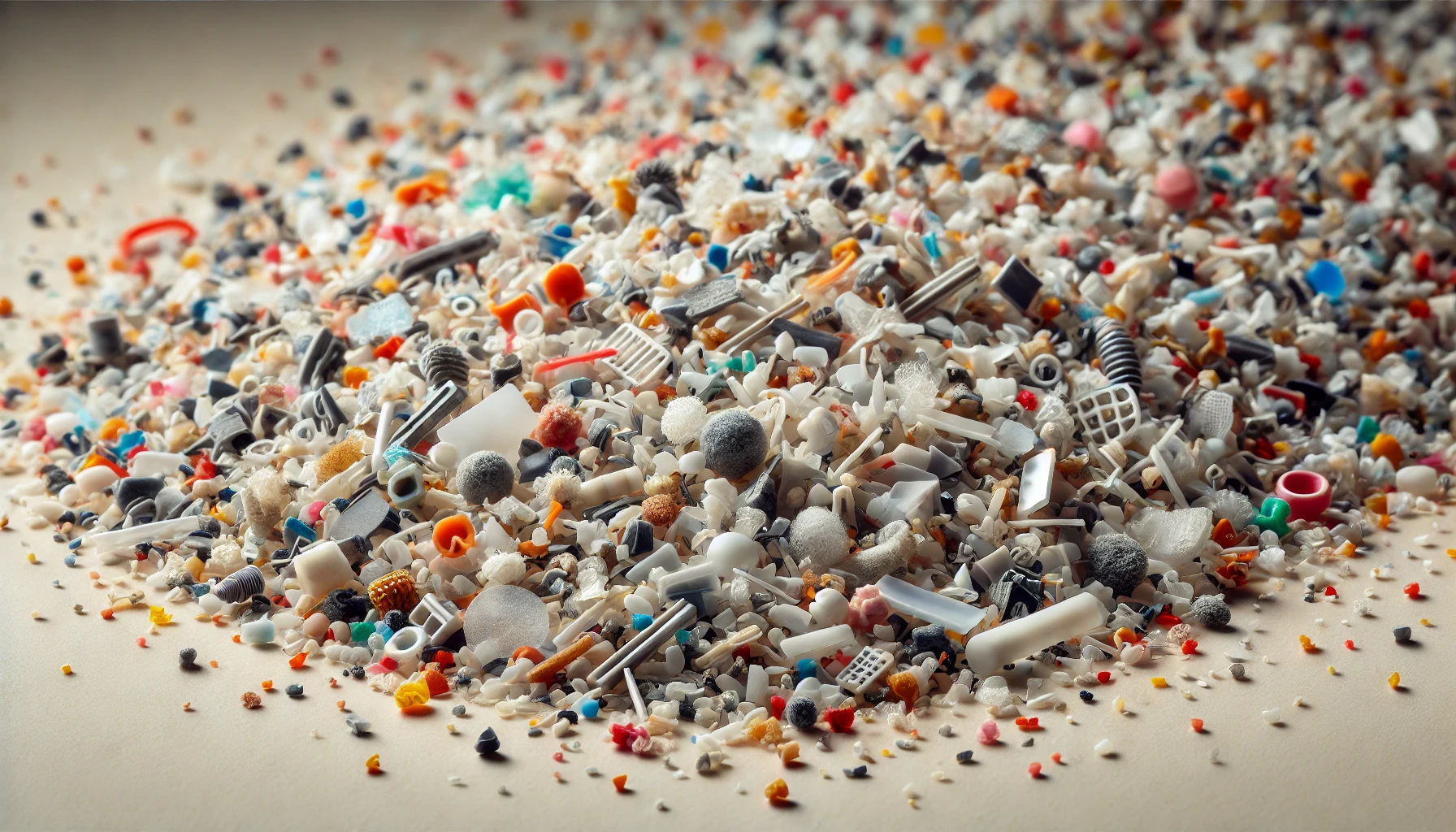When researchers say they’ve found microplastics everywhere, you’re probably thinking mountains and valleys and oceans — and you’d be right. But when they say everywhere, they mean everywhere. That includes inside our stomachs, in our blood, and even inside our penises.
Researchers found microplastics in men with erectile dysfunction and are wondering if the two may be connected.

The microplastics inside us
If you’ve been keeping up on your microplastics news, you might have come across a very disturbing story this month. Researchers found microplastics in every semen sample they tested.
Plastic doesn’t really disappear; it simply breaks down into smaller and smaller pieces. Small pieces are called microplastics, and there are even smaller pieces called nanoplastics. Given how much plastic we produce, it shouldn’t really be surprising that microplastics are everywhere — but it really is striking just how widespread they are.
We ingest more plastic than we think. A study from 2019 found that we eat around a credit card’s worth of plastic every week. We even breathe plastic in sometimes. Microplastics have also been found in our blood, where they seem to cause a lot of problems, including heart attacks.
The penis may be particularly vulnerable to this contamination due to the high blood flow during erection. Then, after the erection, the blood flow decreases, leaving the microplastics to accumulate.
In a new study, researchers looked at six patients who were undergoing surgery related to erectile dysfunction. Four of them had microplastics in their penis. The microplastics ranged in size from 20 to 500 micrometers (half a millimeter). PET and polypropylene were the most prevalent — two types of plastics commonly found in packaging for food and drinks.

Plastics vs erections
This is a small-scale study involving only a few patients, but the findings are concerning. Researchers aren’t sure whether it’s the microplastics causing the problems, but it’s definitely something that warrants investigation.
“We need to identify whether microplastics are linked to ED and if there is a level beyond which it causes pathology and what types of microplastics are pathologic,” says Ranjith Ramasamy, lead author of the research.
It’s not clear just how much damage the microplastics are causing, but it’s definitely an alarming find. Ramasamy, who was at the University of Miami when the research was carried out, said that multiple types of muscles are vulnerable to potential damage from microplastics, but those around the penis are especially at risk.
“The penis is a vascular, spongy organ so is definitely vulnerable. We know erectile dysfunction is multifactorial. You need good hormones, nerves, blood supply, and good smooth muscle tissue for an erection to happen.
“We found that microplastics were present in the smooth muscle of the penis. All we know is that they are not supposed to be there, and we suspect that it could lead to smooth muscle dysfunction.”
Just the tip of the microplastic iceberg
The problem of microplastics is a relatively new one; well, at least our awareness of it is relatively new. It was not until 2004 that the term ‘microplastics’ was even coined, and only in the past 10 years have we truly realised just how prevalent these pollutants are.
Now, we clearly know that they’ve spread to every corner of the planet, including us, our pets, and probably every organism you see around you. The questions now are ‘how much damage do they do’ and ‘how do we get rid of it’.
None of the two questions are easy to answer. Sperm counts in men have been dropping for decades, with no clear explanation. Chemical pollution has been proposed as a plausible explanation, but microplastics may also do some of the damage. Studies on mice have shown that microplastics in sperm can cause numerous problems, including reduced sperm count and hormone disruptions — but demonstrating a cause-effect relationship is notoriously difficult.
As for eliminating microplastics from our environment, the task is daunting. Microplastics are resilient and pervasive, making their removal from the environment extremely challenging. Current strategies focus more on reducing future pollution rather than cleaning up existing contaminants, given the scale of the problem.
But even that is extremely challenging. We only recycle a small fraction of the plastic we produce, and we continue to produce more and more year after year.
So, we’re not cleaning up the existing plastic, we’re not recycling much of it, and we’re adding to the problem. At this rate, we’re bound to have more and more microplastics. At the very least, we should be aware of it, Ramasamy tells The Guardian.
“We’ve moved past whether we have microplastics in us, to whether there is a level of microplastics beyond which things become pathologic.”
“As a society, we need to be cognisant that drinking water from plastic water bottles, getting takeout food in plastic containers and, even worse, microwaving food in plastic containers, are contributing to having things in our body that should not be there. And the penis is the one organ that everybody will pay attention to.”
The study was published in Nature.









